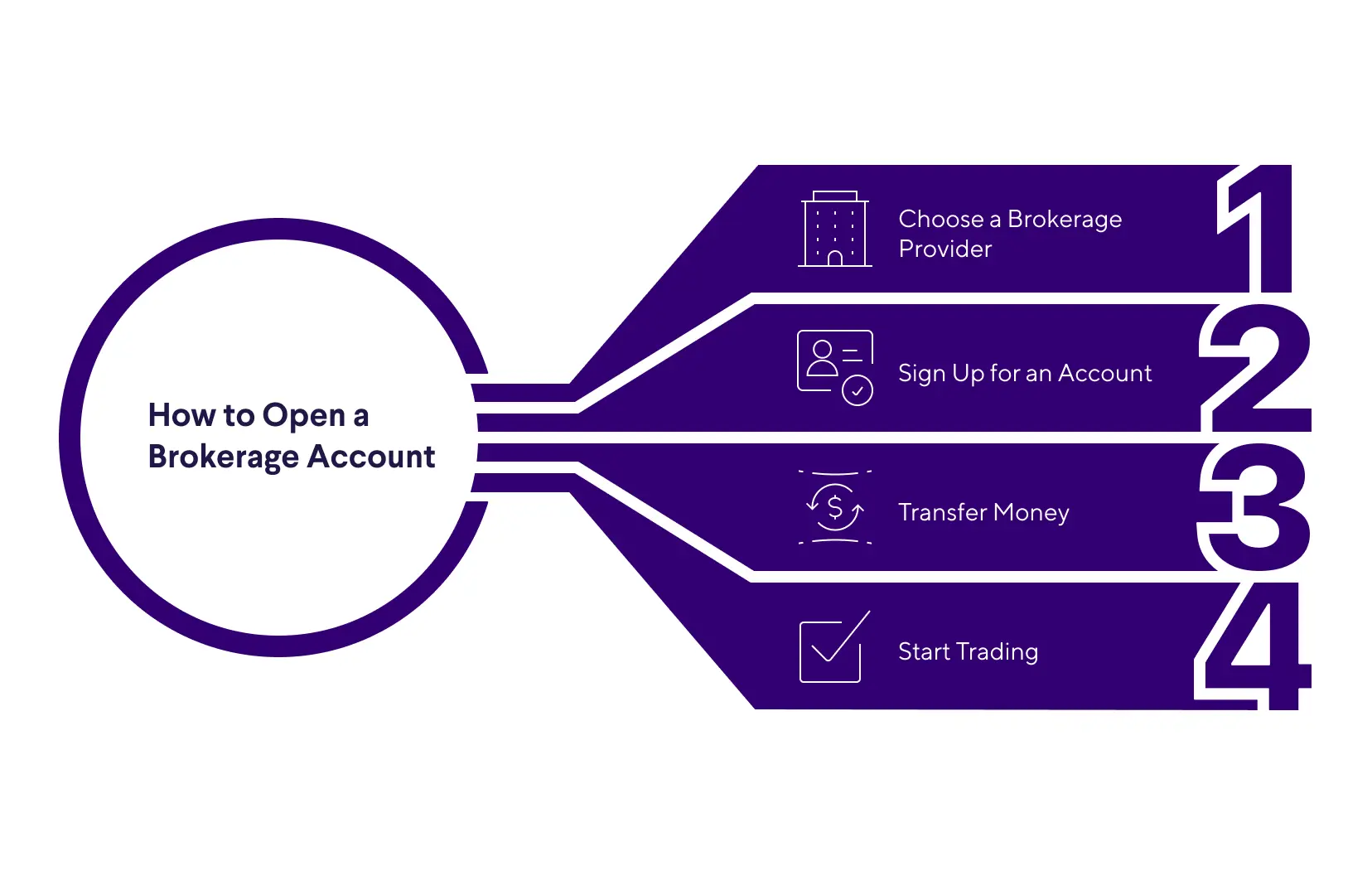Rolling Closing Costs Into Home Loans: Here’s What You Should Know
Heard of a no-closing-cost mortgage or refinance? Sounds divine, but mortgage closing costs are almost as certain as death and taxes. They must be accounted for, one way or the other.
You may be spared the pain of paying closing costs upfront, depending on the type of loan and the lender’s criteria, but they won’t just magically disappear. Instead, you’ll either be given a higher interest rate on the mortgage to cover those costs or see the costs added to your principal balance.
If you’re thinking about what’s needed to buy a house, keep closing costs in mind and understand the pros and cons of rolling these costs into your loan.
Table of Contents
Key Points
• Closing costs are part of a home loan or refinance and typically range from 2% to 5% of the purchase price.
• While you may avoid paying closing costs upfront, they are either added to your mortgage principal or result in a higher interest rate.
• Rolling closing costs into your loan increases the total interest paid and can raise your debt-to-income and loan-to-value ratios.
• Government-backed loans often allow for certain closing costs to be financed or covered by a seller concession.
• The decision to roll closing costs into your loan depends on your financial situation, but paying them upfront generally leads to lower overall loan costs.
What Are Closing Costs?
A flock of fees known as closing costs on a new home are part and parcel of a sale. They typically range from 2% to 5% of the home’s purchase price. Closing costs include origination fees, recording fees, title insurance, the appraisal fee, property taxes, homeowners insurance, and possibly mortgage points. Some of the costs are unavoidable; lender fees are negotiable.
Closing costs come into play when acquiring a mortgage and when refinancing an existing home loan.
You may cover closing costs with a cash payment at closing, with your down payment, or by tacking them on to your monthly loan payments. You may also be able to negotiate with the sellers to have them cover some or all of the closing costs.
💡 Quick Tip: When house hunting, don’t forget to lock in your home mortgage loan rate so there are no surprises if your offer is accepted.
First-time homebuyers can
prequalify for a SoFi mortgage loan,
with as little as 3% down.
Questions? Call (888)-541-0398.
Can Closing Costs Be Rolled Into a Loan?
If you’re buying a home and taking out a new mortgage, your lender may allow you to roll your closing costs into the loan, depending on:
• the type of home loan
• the loan-to-value ratio
• your debt-to-income (DTI) ratio
Rolling closing costs into your new mortgage can raise the DTI and loan-to-value ratios above a lender’s acceptable level. If this is the case, you may not be able to roll your closing costs into your loan. It’s also possible that if you roll in your closing costs, your loan-to-value ratio will become high enough that you will be forced to pay for private mortgage insurance. In that case, it may be worth it to pay your closing costs upfront if you can.
If you hear of someone who’s taken out a mortgage and says they rolled their closing costs into their loan, they may have actually acquired a lender credit — the lender agreed to pay the closing costs in exchange for a higher interest rate in a “no-closing-cost mortgage.” A no-closing-cost refinance works similarly.
Not all closing costs can be financed. For example, you can’t roll in the cost of homeowners insurance or prepaid property tax. Some of the costs that may be included are the origination fees, title fees and title insurance, appraisal fees, discount points, and the credit report fee.
What about government-backed mortgages? Most closing costs for FHA loans (backed by the Federal Housing Administration) can be financed. And VA loans usually require a one-time U.S. Department of Veterans Affairs “funding fee,” which can be rolled into the mortgage.
USDA loans (from the U.S. Department of Agriculture) will allow borrowers to roll closing costs into their loan if the home they are buying appraises for more than the sales price. Buyers can then use the extra loan amount to pay the closing costs.
Finally, for FHA and USDA loans, the seller may contribute up to 6% of the home value as a seller concession for closing costs.
How to Roll Closing Costs Into an Existing Home Loan
When you’re refinancing an existing mortgage and you roll in closing costs, you add the cost to the balance of your new mortgage. This is also known as financing your closing costs. Instead of paying for them up front, you’ll be paying a small portion of the costs each month, plus interest.
Pros of Rolling Closing Costs Into Home Loans
If you don’t have the cash on hand to pay your closing costs, rolling them into your mortgage could be advantageous, especially if you’re a first-time homebuyer or short-term homeowner.
Even if you do have the cash, rolling closing costs into your loan allows you to keep that cash on hand to use for other purposes that may be more important to you at the time.
Cons of Rolling Closing Costs Into Home Loans
Rolling closing costs into a home loan can be expensive. By tacking on money to your loan principal, you’ll be increasing how much you spend each month on interest payments.
You’ll also increase your DTI ratio, which may make it more difficult for you to secure other loans if you need them.
By adding closing costs to your loan, you are also increasing your loan to value ratio, which means less equity and, often, private mortgage insurance.
Here are pros and cons of rolling closing costs into your loan at a glance:
| Pros of Rolling In Costs | Cons of Rolling In Costs |
|---|---|
| Allows you to afford a home loan if you don’t have the cash on hand | Increases interest paid over the life of the loan |
| Allows you to keep cash for other purposes | Increases DTI, which can lower your ability to secure future credit |
| May allow you to buy a house sooner than you would otherwise be able to | Increases loan to value ratio, which may trigger private mortgage insurance |
| Reduces the amount of equity you have in your home |
Is It Smart to Roll Closing Costs Into Home Loans?
Whether or not rolling closing costs into a home loan is the right choice for you will depend largely on your personal circumstances. If you don’t have the money to cover closing costs now, rolling them in may be a worthwhile option.
However, if you have the cash on hand, it may be better to pay the closing costs upfront. In most cases, paying closing costs upfront will result in paying less for the loan overall.
No matter which option you choose, you may want to do what you can to reduce closing costs, such as negotiating fees with lenders and trying to negotiate a concession with the sellers in which they pay some or all of your costs. That said, a seller concession will be difficult to obtain if your local housing market is competitive.
💡 Quick Tip: If you refinance your mortgage and shorten your loan term, you could save a substantial amount in interest over the lifetime of the loan.
The Takeaway
Closing costs are an inevitable part of taking out a home loan or refinancing one. Rolling closing costs into the loan may be an option, but it pays to carefully consider the long-term costs of avoiding paying closing costs up front before you commit to your mortgage.
Looking for an affordable option for a home mortgage loan? SoFi can help: We offer low down payments (as little as 3% - 5%*) with our competitive and flexible home mortgage loans. Plus, applying is extra convenient: It's online, with access to one-on-one help.
FAQ
What is a no-closing-cost mortgage?
The term “no-closing-cost mortgage” is a bit misleading. Closing costs are in play, but the lender agrees to cover them in exchange for a higher interest rate or adds them to the loan balance.
How much are home closing costs?
Closing costs are usually 2% to 5% of the purchase price of a home.
Can you waive closing costs on a home?
Some closing costs must be paid, no matter what. But you can try to negotiate origination and application fees with your lender. You may even be able to get your lender to waive certain fees entirely.
Photo credit: iStock/kate_sept2004
SoFi Loan Products
SoFi loans are originated by SoFi Bank, N.A., NMLS #696891 (Member FDIC). For additional product-specific legal and licensing information, see SoFi.com/legal. Equal Housing Lender.
SoFi Mortgages
Terms, conditions, and state restrictions apply. Not all products are available in all states. See SoFi.com/eligibility-criteria for more information.
*SoFi requires Private Mortgage Insurance (PMI) for conforming home loans with a loan-to-value (LTV) ratio greater than 80%. As little as 3% down payments are for qualifying first-time homebuyers only. 5% minimum applies to other borrowers. Other loan types may require different fees or insurance (e.g., VA funding fee, FHA Mortgage Insurance Premiums, etc.). Loan requirements may vary depending on your down payment amount, and minimum down payment varies by loan type.
+Lock and Look program: Terms and conditions apply. Applies to conforming, FHA, and VA purchase loans only. Rate will lock for 91 calendar days at the time of pre-approval. An executed purchase contract is required within 60 days of your initial rate lock. If current market pricing improves by 0.25 percentage points or more from the original locked rate, you may request your loan officer to review your loan application to determine if you qualify for a one-time float down. SoFi reserves the right to change or terminate this offer at any time with or without notice to you.
Financial Tips & Strategies: The tips provided on this website are of a general nature and do not take into account your specific objectives, financial situation, and needs. You should always consider their appropriateness given your own circumstances.
¹FHA loans are subject to unique terms and conditions established by FHA and SoFi. Ask your SoFi loan officer for details about eligibility, documentation, and other requirements. FHA loans require an Upfront Mortgage Insurance Premium (UFMIP), which may be financed or paid at closing, in addition to monthly Mortgage Insurance Premiums (MIP). Maximum loan amounts vary by county. The minimum FHA mortgage down payment is 3.5% for those who qualify financially for a primary purchase. SoFi is not affiliated with any government agency.
†Veterans, Service members, and members of the National Guard or Reserve may be eligible for a loan guaranteed by the U.S. Department of Veterans Affairs. VA loans are subject to unique terms and conditions established by VA and SoFi. Ask your SoFi loan officer for details about eligibility, documentation, and other requirements. VA loans typically require a one-time funding fee except as may be exempted by VA guidelines. The fee may be financed or paid at closing. The amount of the fee depends on the type of loan, the total amount of the loan, and, depending on loan type, prior use of VA eligibility and down payment amount. The VA funding fee is typically non-refundable. SoFi is not affiliated with any government agency.
Third Party Trademarks: Certified Financial Planner Board of Standards Center for Financial Planning, Inc. owns and licenses the certification marks CFP®, CERTIFIED FINANCIAL PLANNER®
SOHL-Q425-170
Read more




